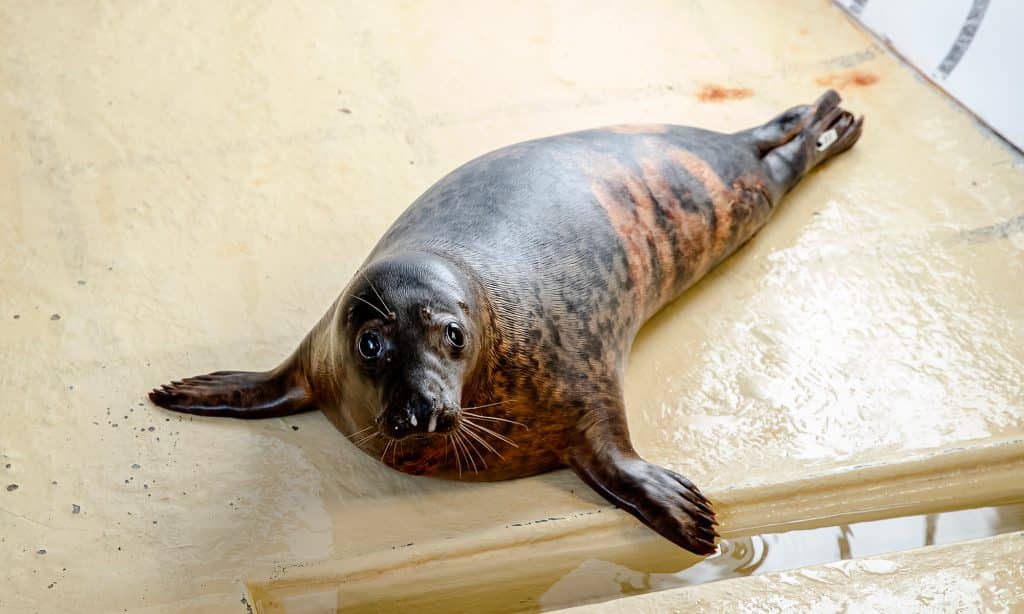Home > Life at the Biarritz Aquarium > Care Center
The Care Center
The Aquarium de Biarritz plays a key role in saving animals in distress. Thanks to its specialized care center, it takes in and treats stranded seals each year, providing care and rest before releasing them back into their natural habitat. Every year, between 2 and 6 seals are treated at this care center.
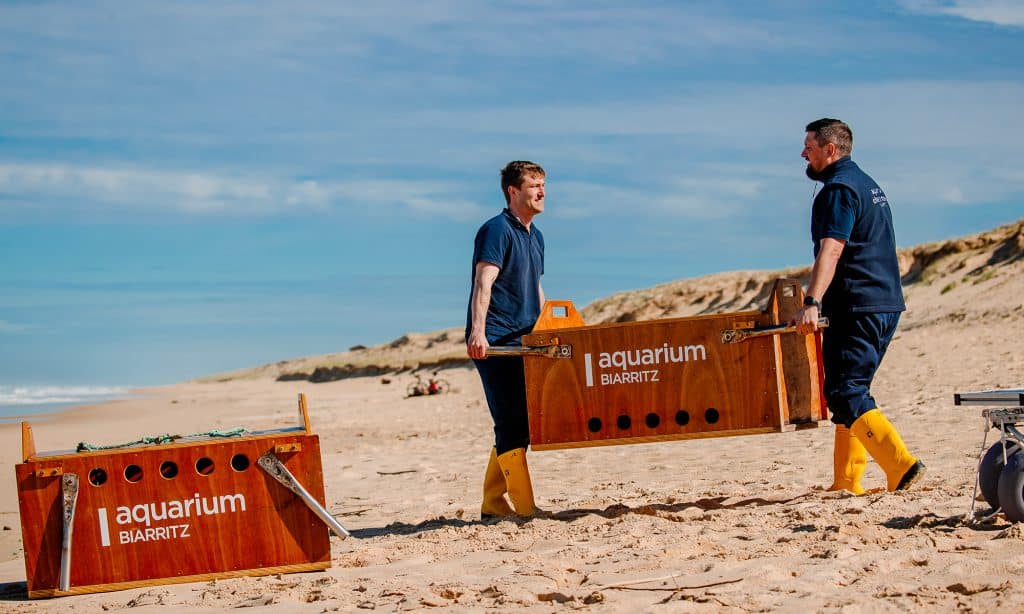
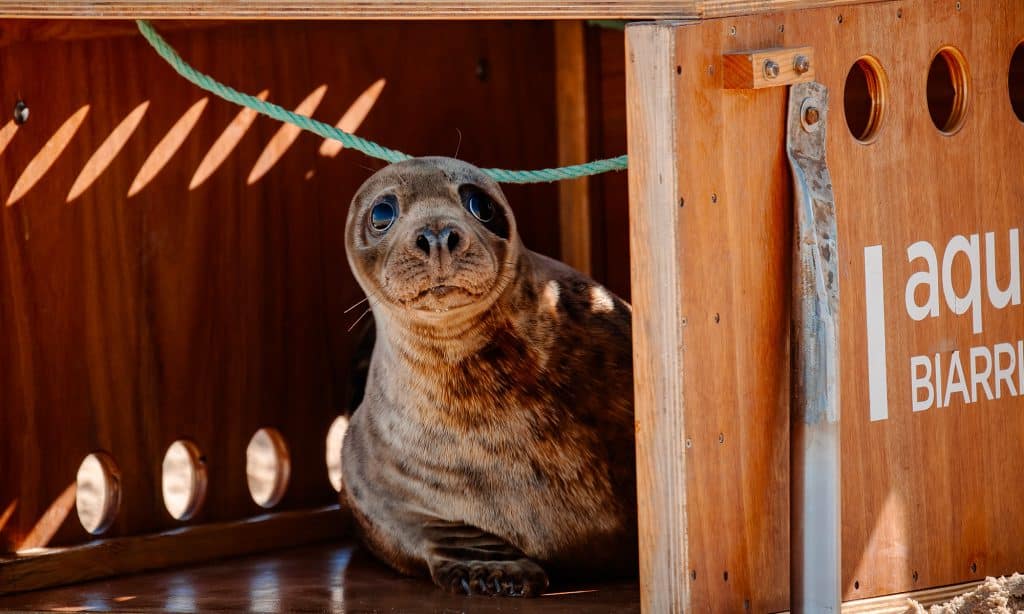
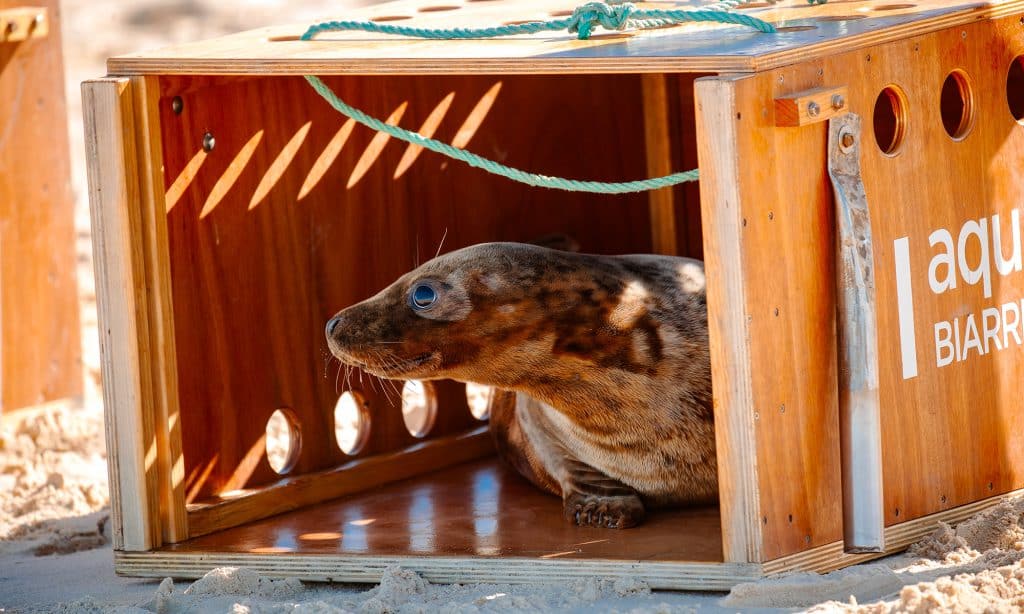
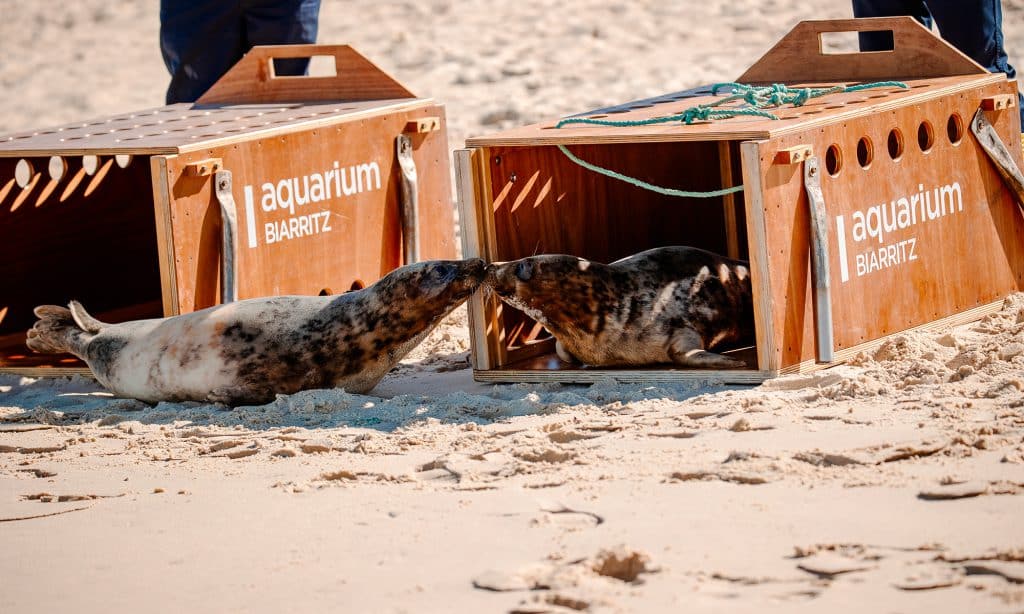

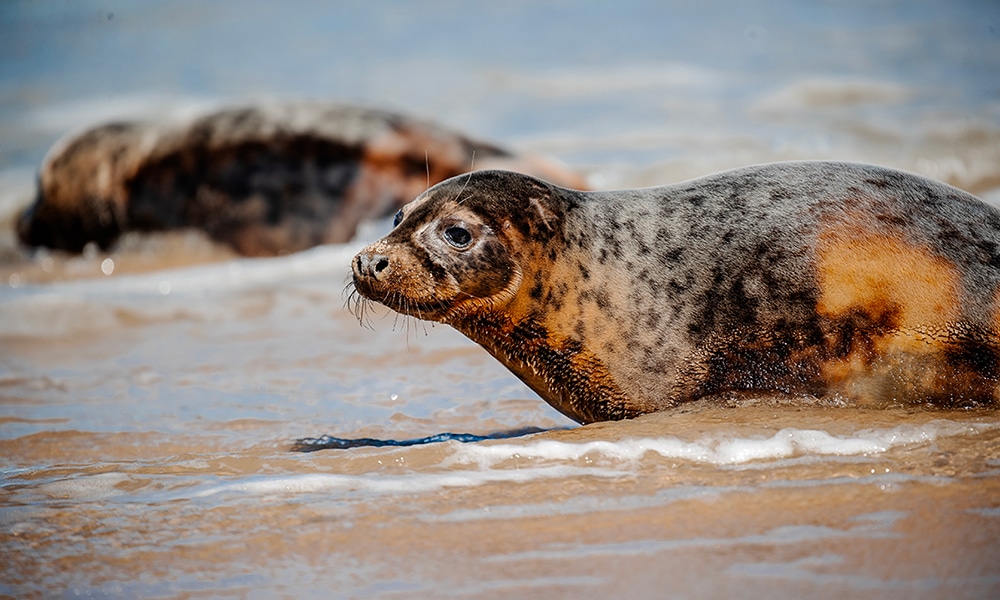
Stranded grey seals
Each winter, storms surprise seal pups just a few weeks old. Tossed by currents, they find themselves isolated from their colonies off the coasts of Brittany, England, or Ireland.
Exhausted, they come to rest on beaches and leave if weather conditions and their physical condition allow. It is therefore not uncommon to see these young seals regain strength on our beaches. If they have injuries (often caused by dog bites on beaches) or are too weak, the Aquarium de Biarritz Care Center takes them in.
An admission ticket that also helps care for marine animals
Specialized care
When a seal is taken in, it is immediately placed in the dedicated area. After allowing some rest time, the team assesses its health by handling and weighing it: a stranded seal pup often weighs only about fifteen kilos, which is half the weight it had when weaned.
- Wound treatment and suturing if needed (dog bites, various injuries)
- Disinfection and removal of hydrocarbons present on the animal’s fur or eyes
- Feeding adapted to the age and the seal’s ability to feed itself
- Deworming if stool shows parasites

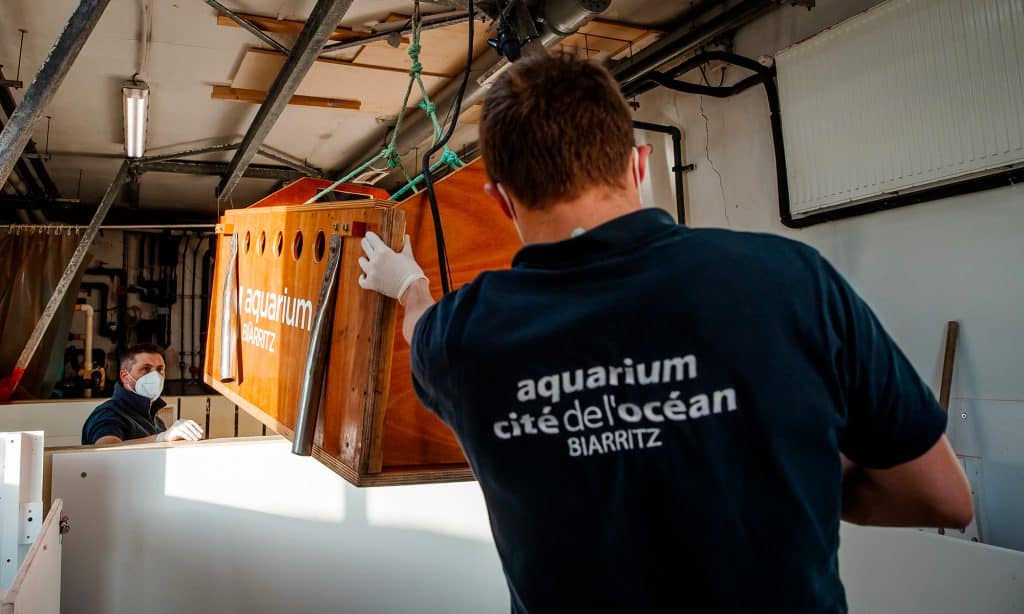
Monitoring until release
Each week, caretakers weigh the seals to monitor their progress. Once their general health allows, they are ready to return to the ocean.
After approval by the DDPP (Departmental Directorate for the Protection of Populations), they are tagged and a number is marked on their side by discoloration (visible until the next molt), which will allow future identification in the ocean.
Minimizing human interaction
To maximize their chances of survival in the wild, caretakers minimize contact with the seals.
The goal is to avoid any imprinting that could compromise their independence once released.
